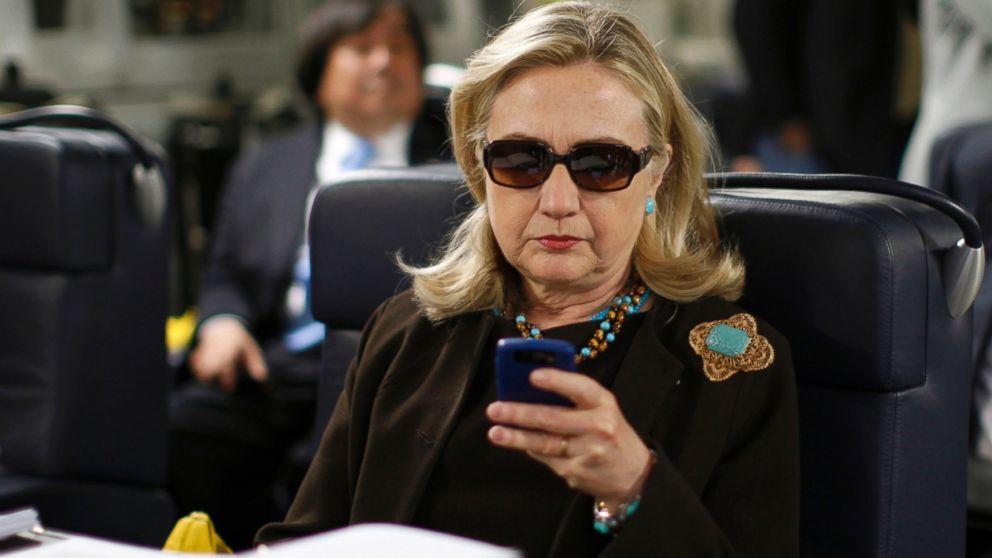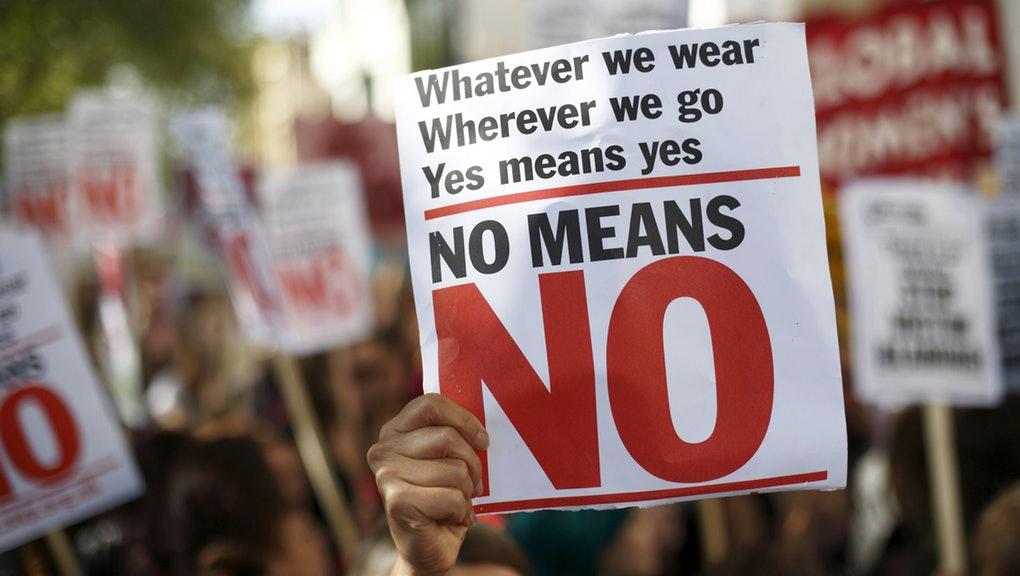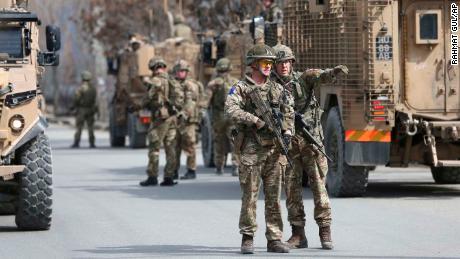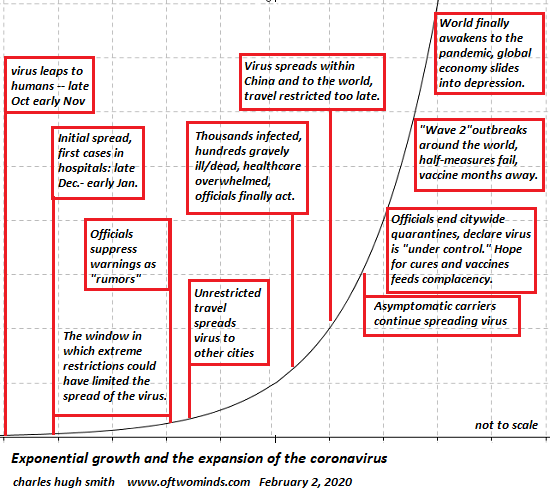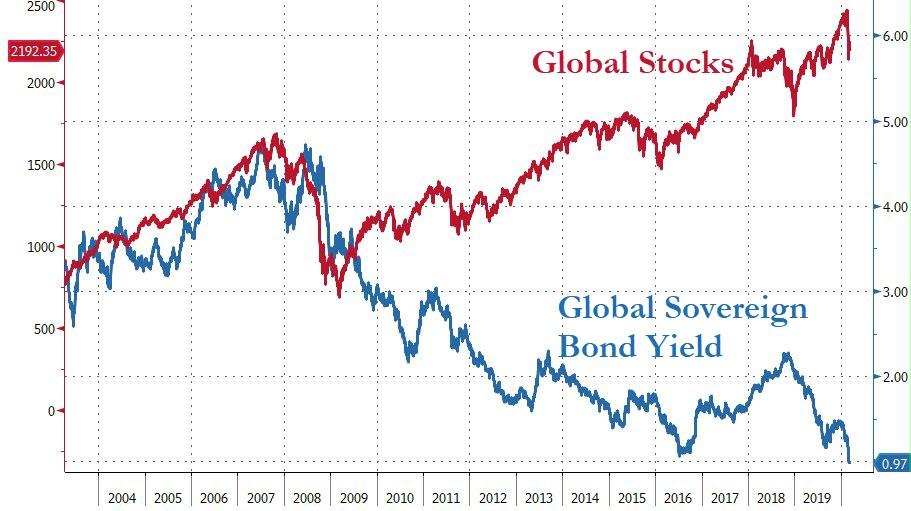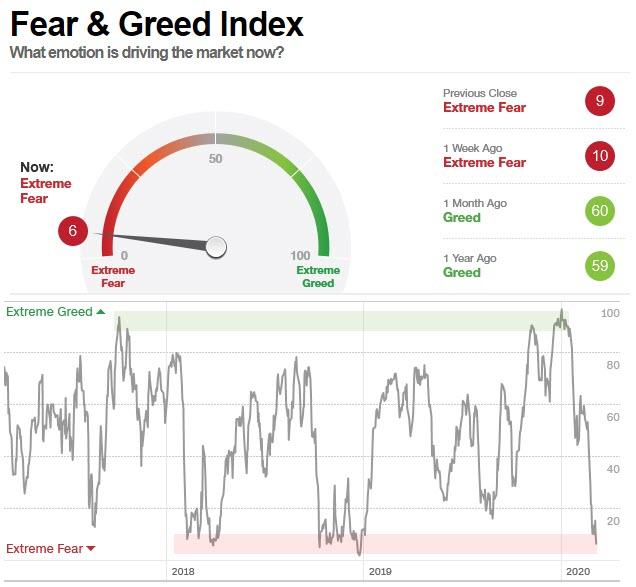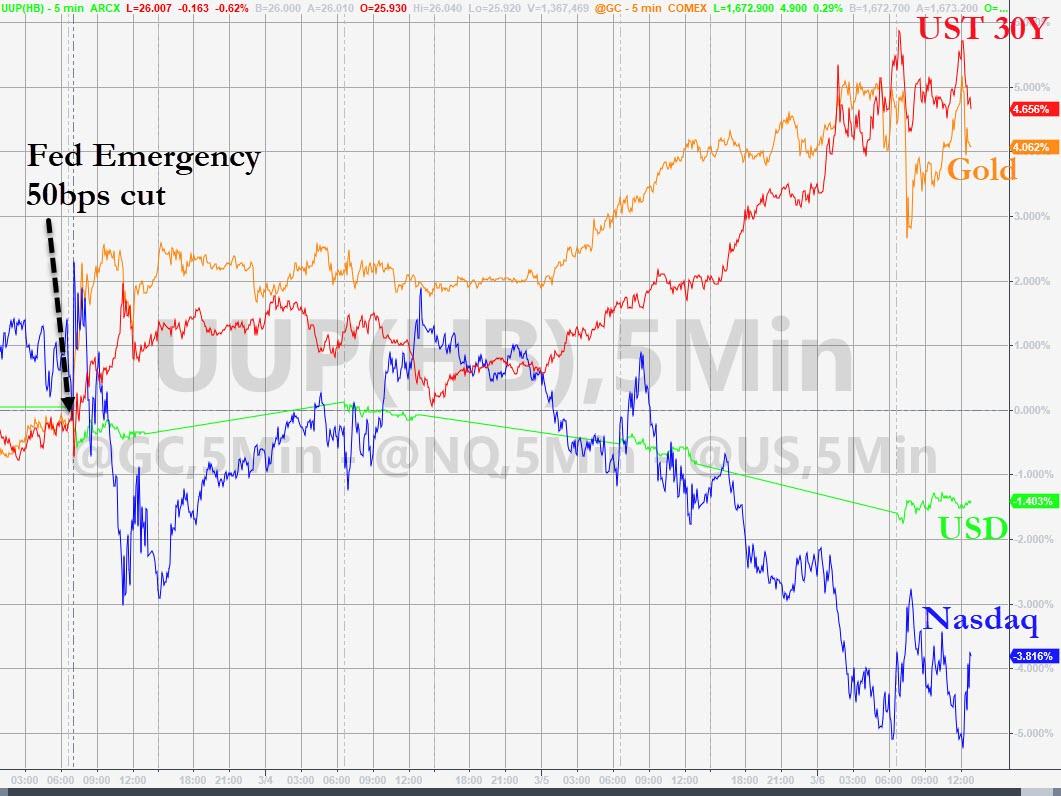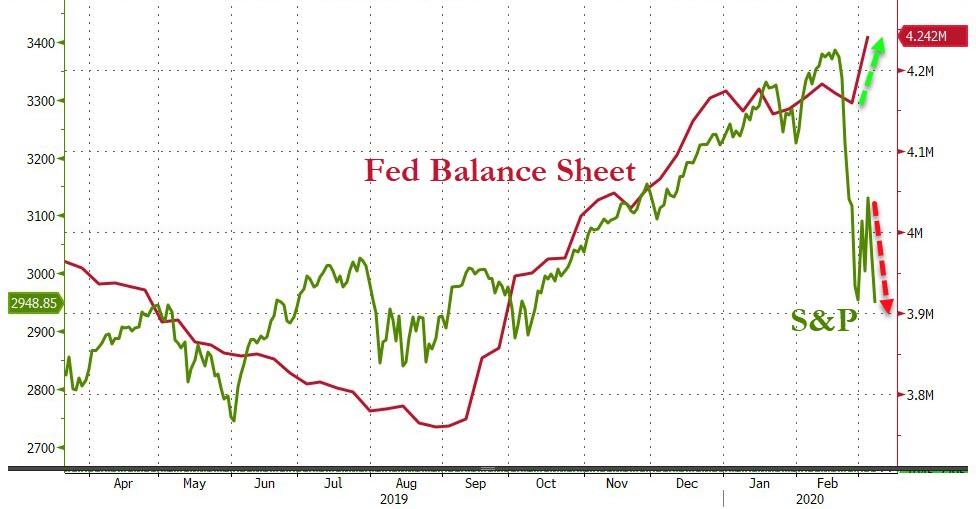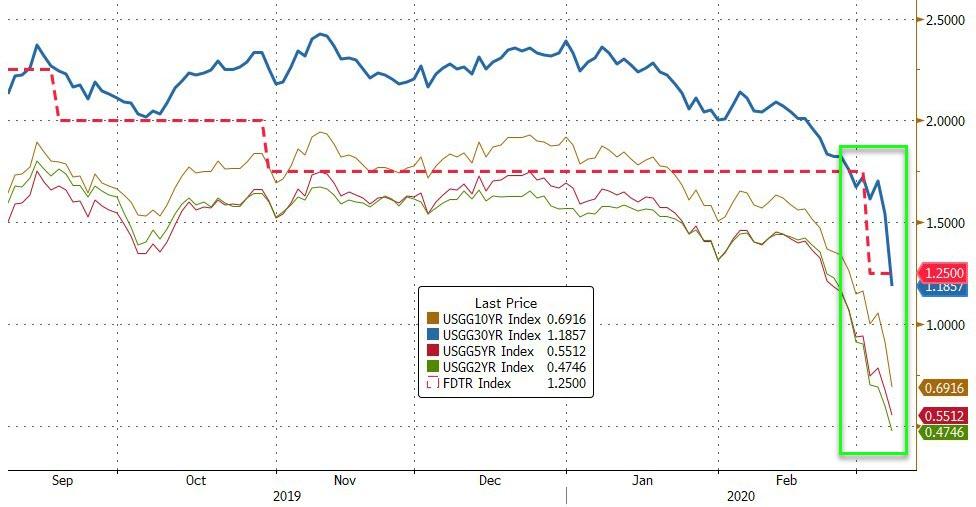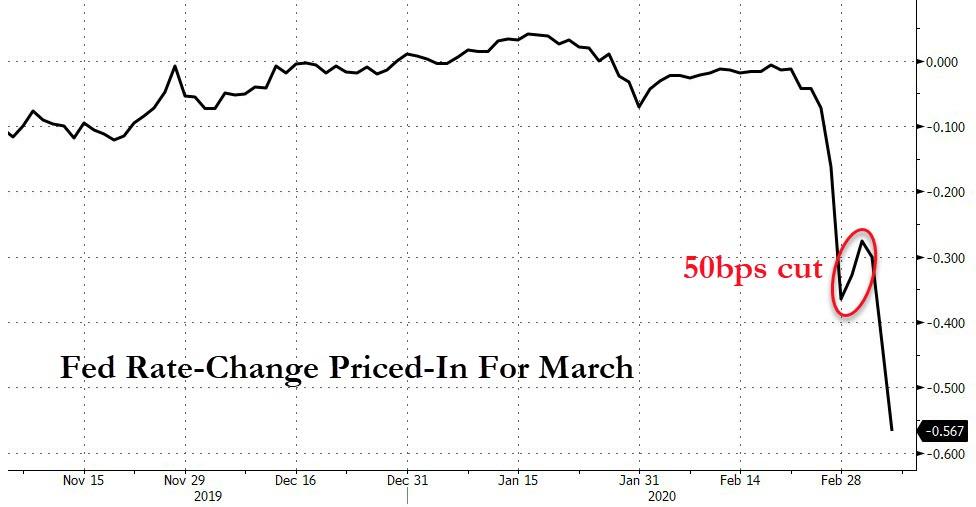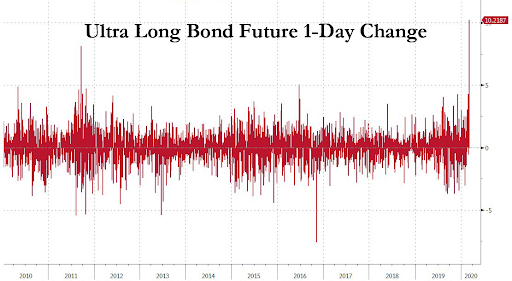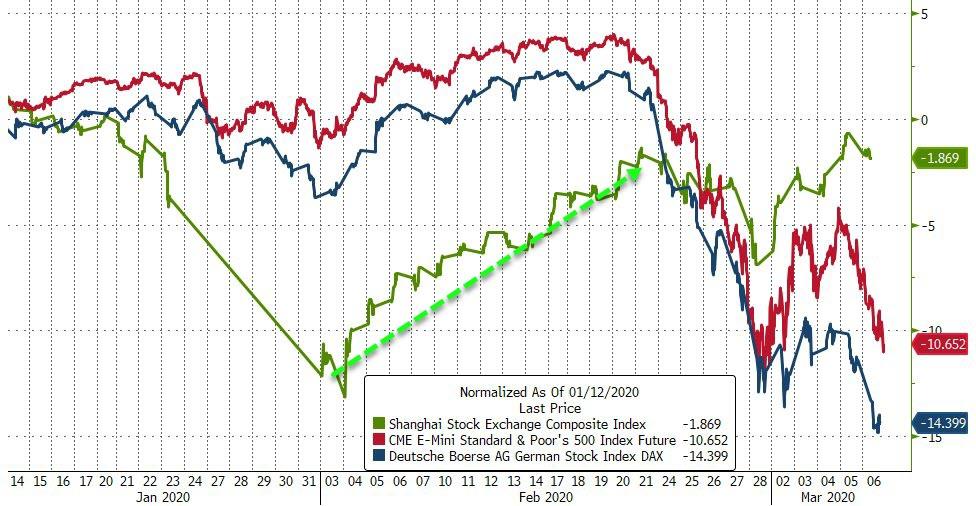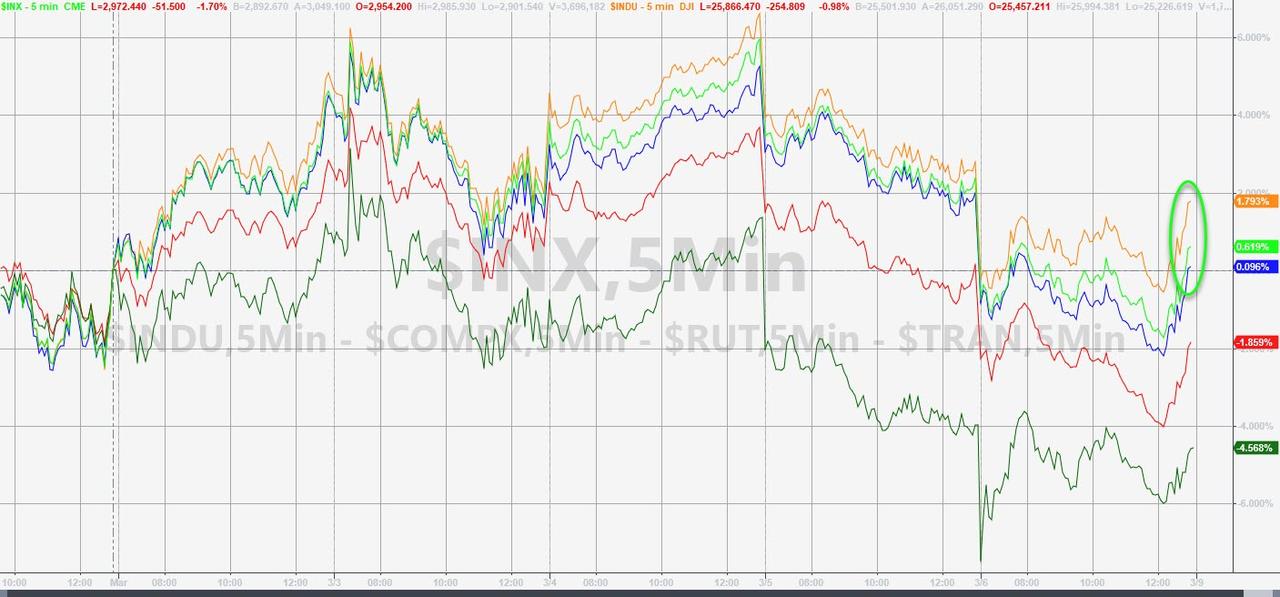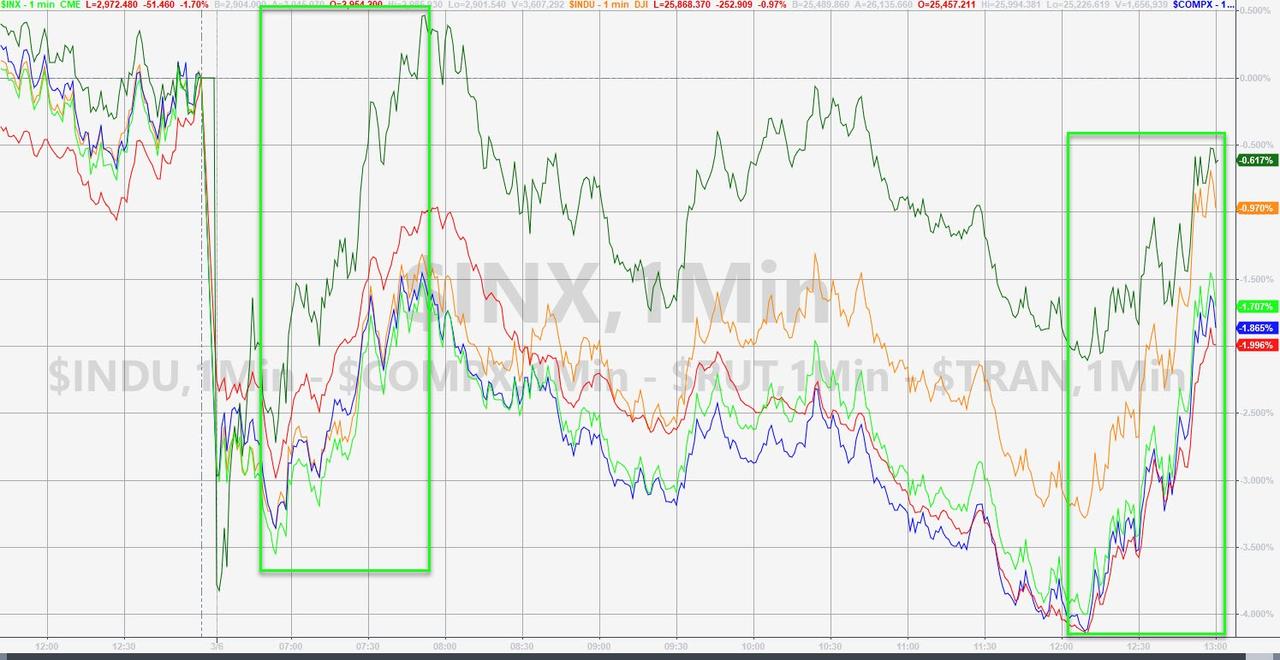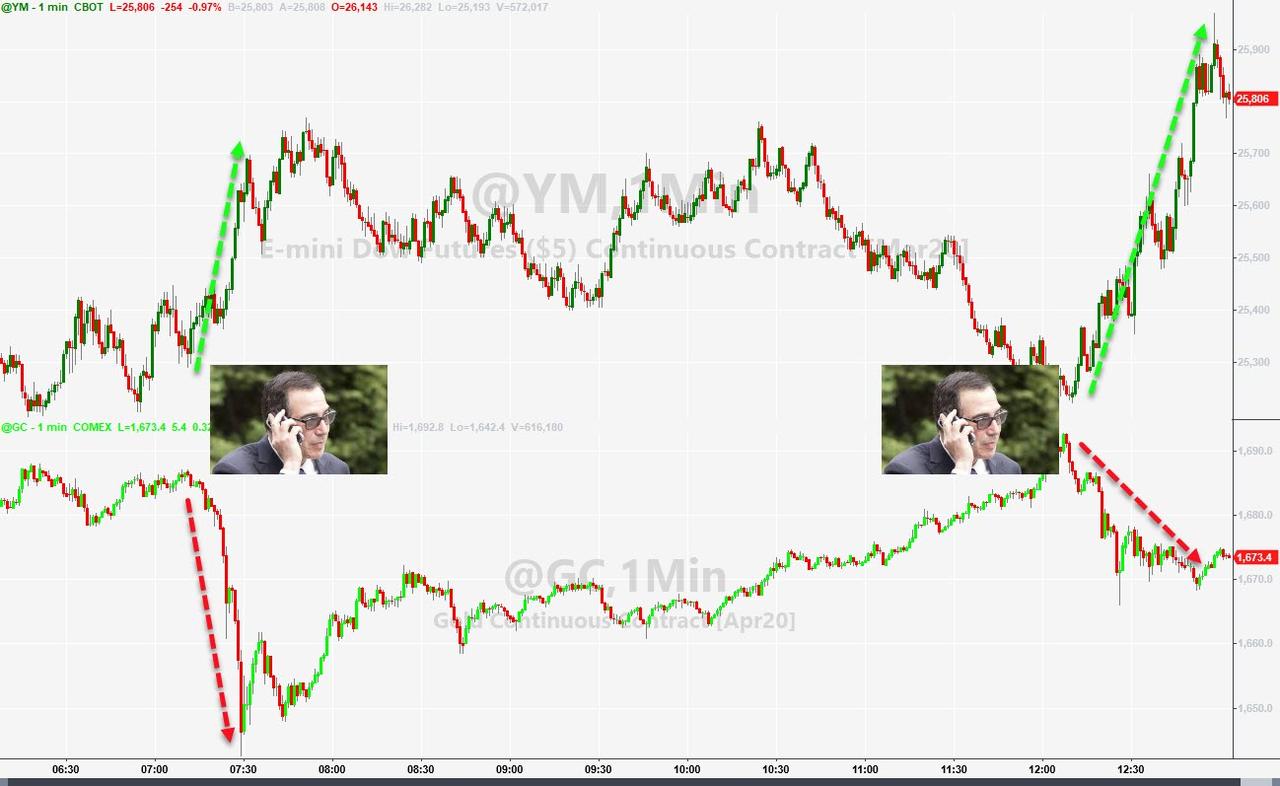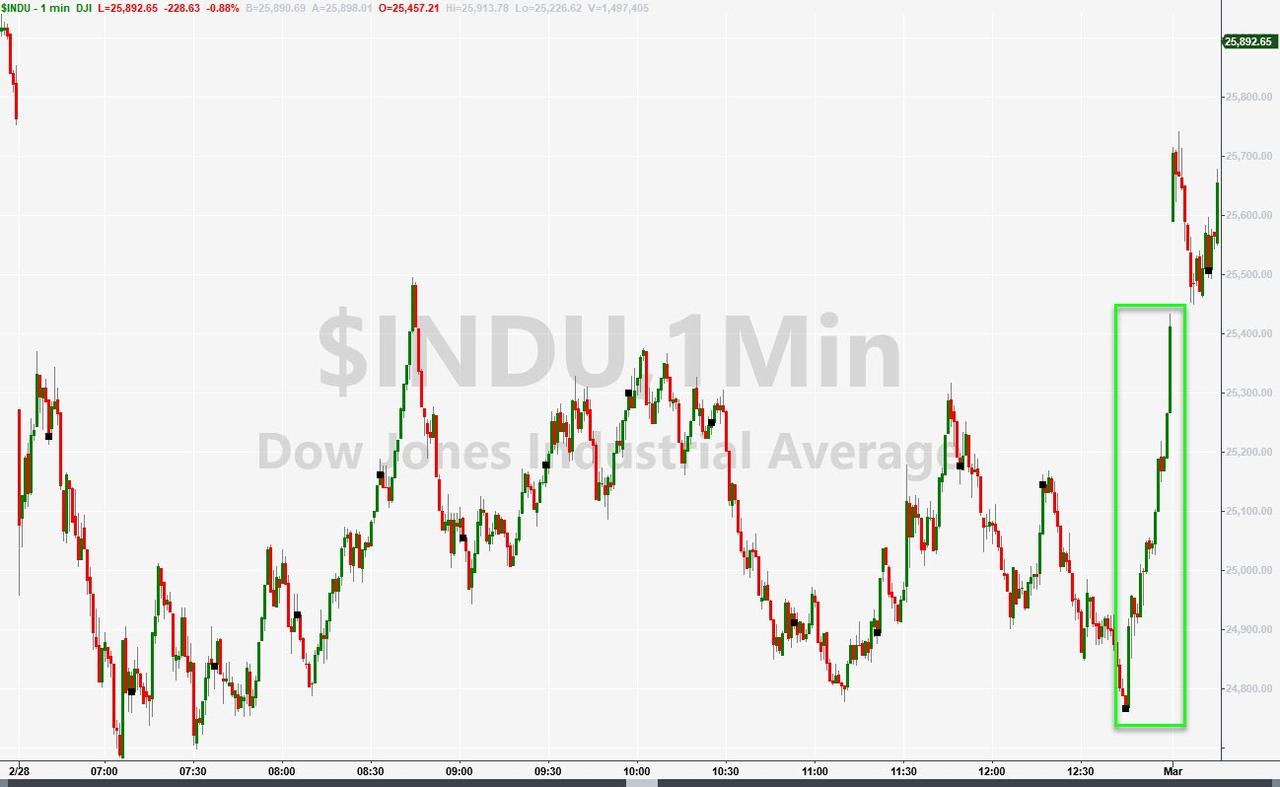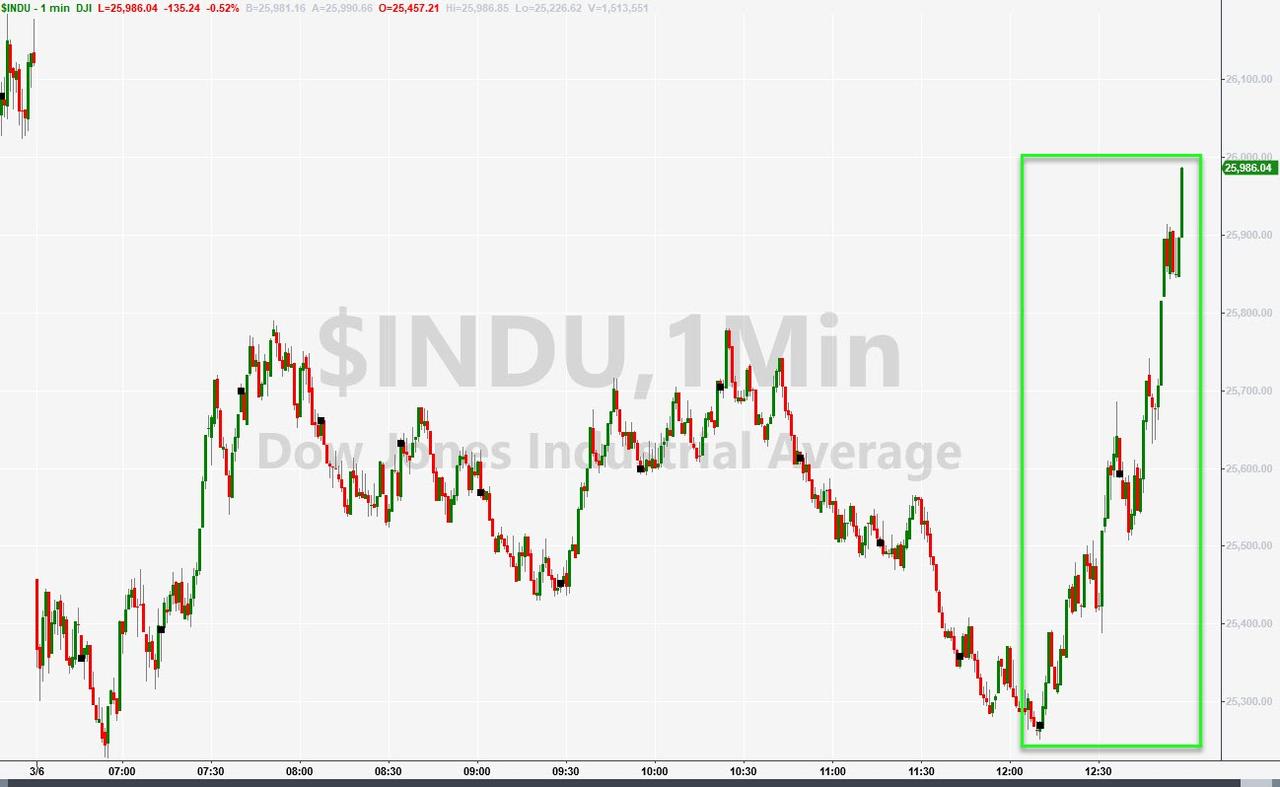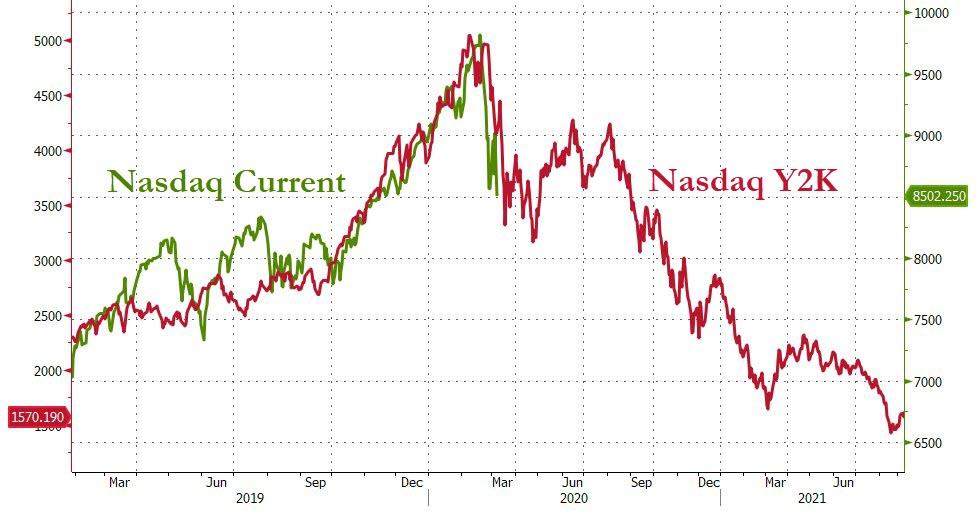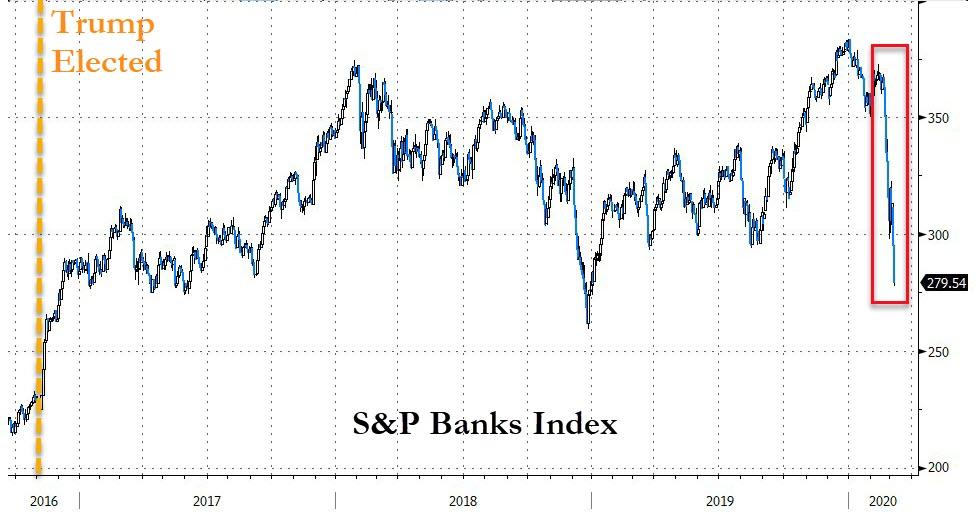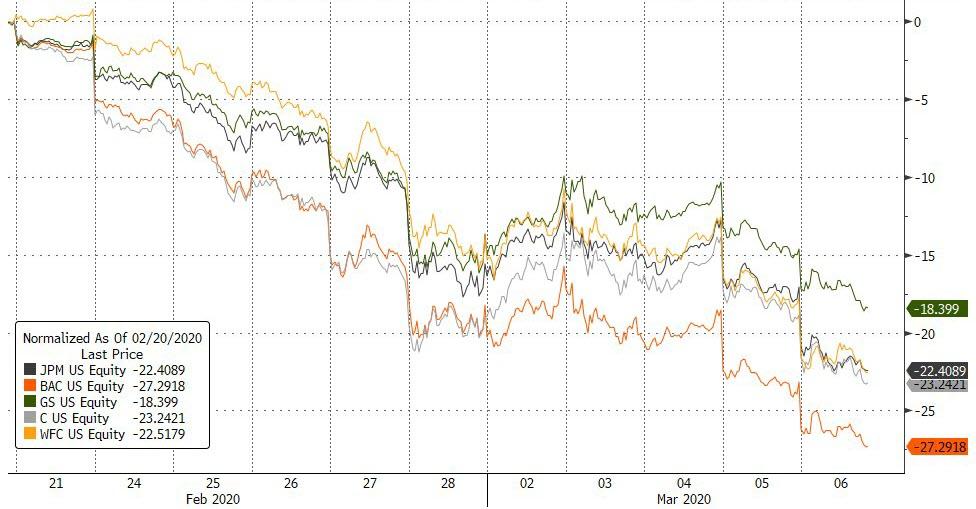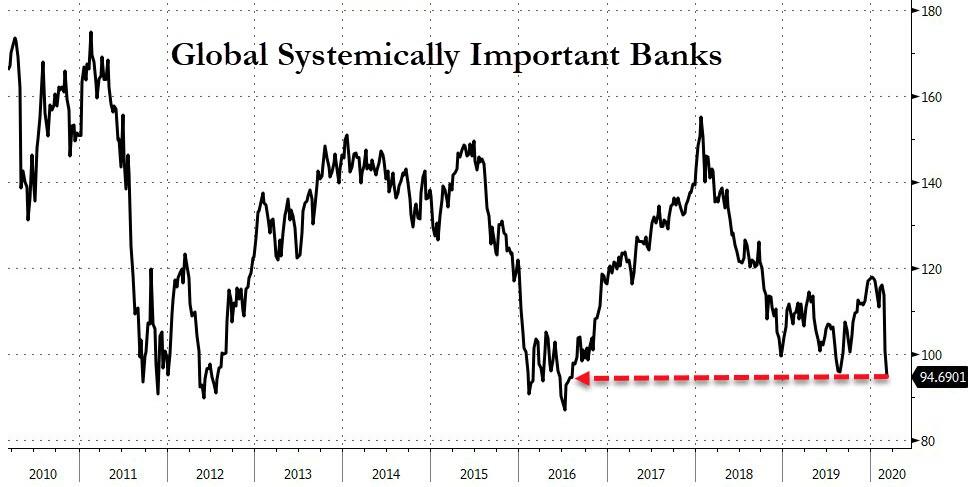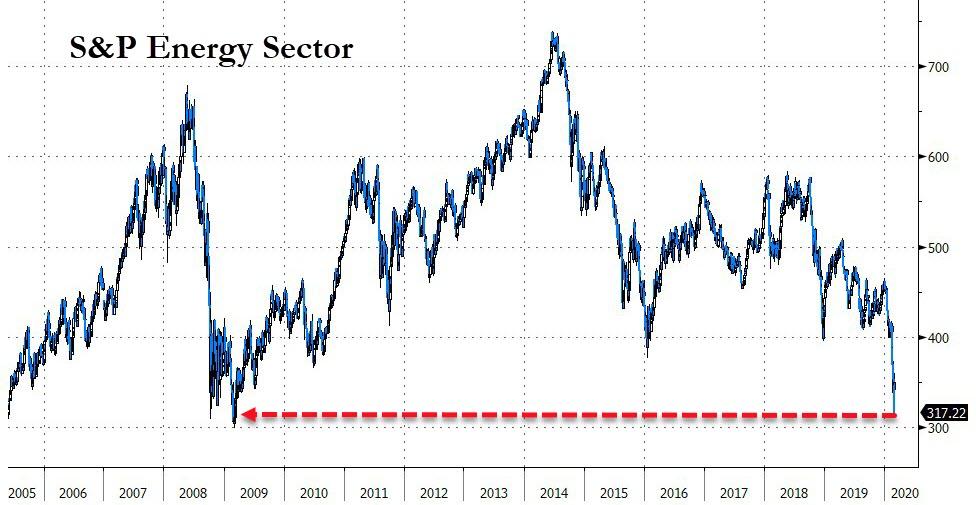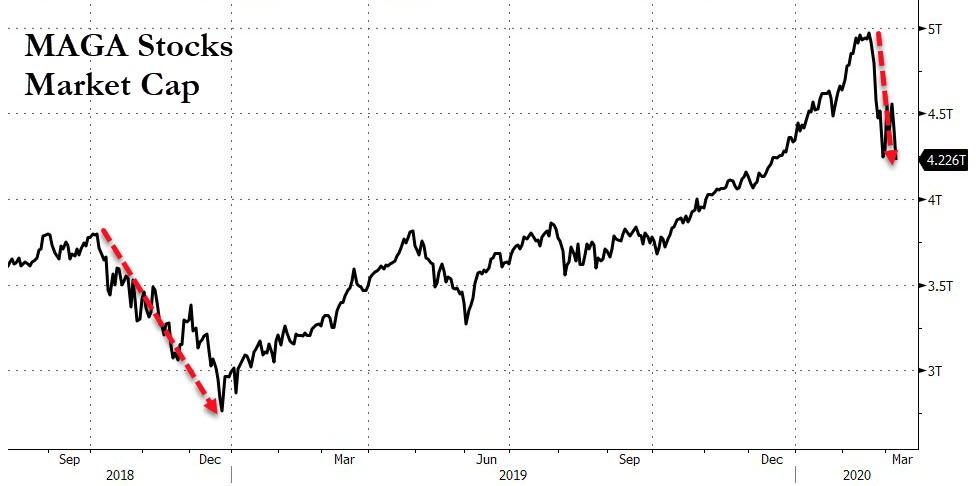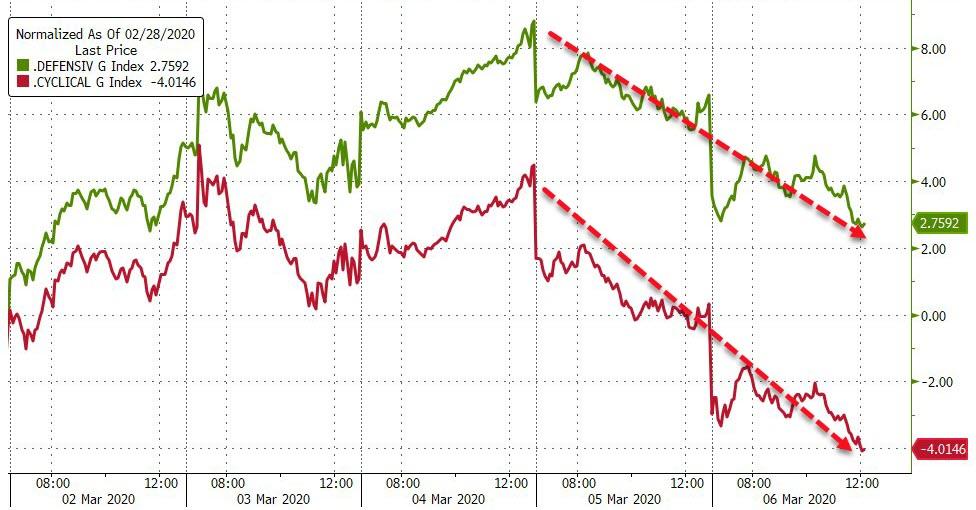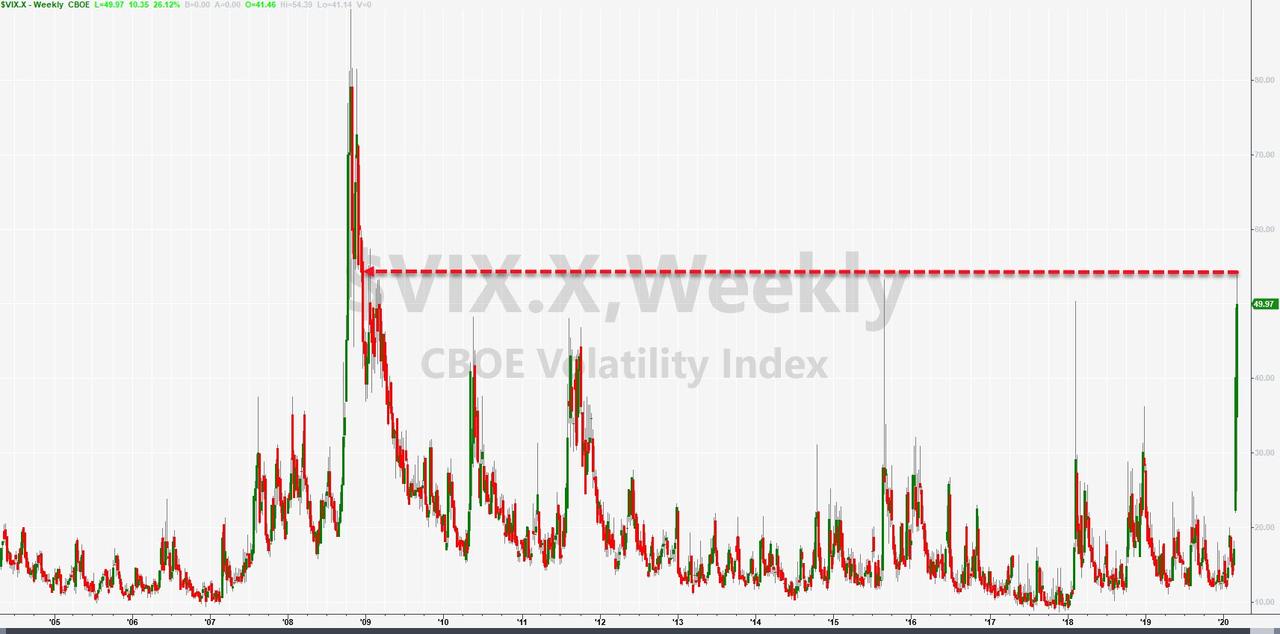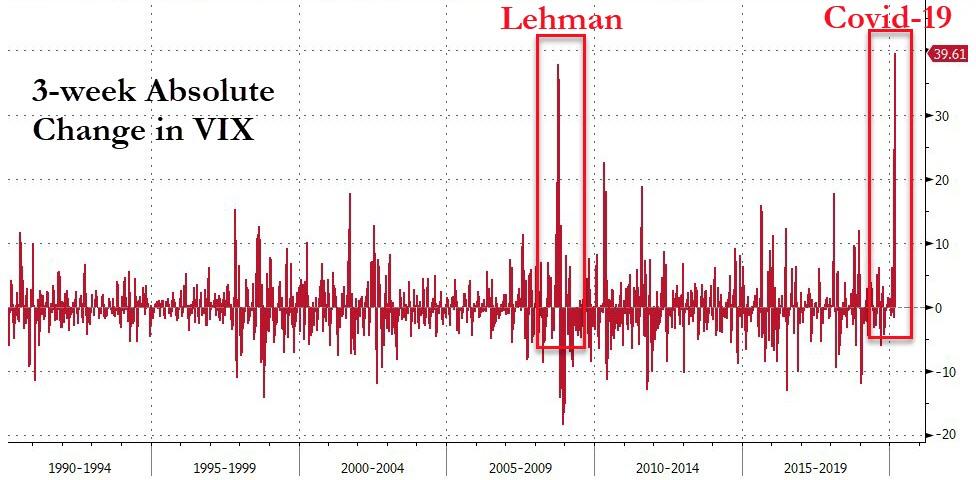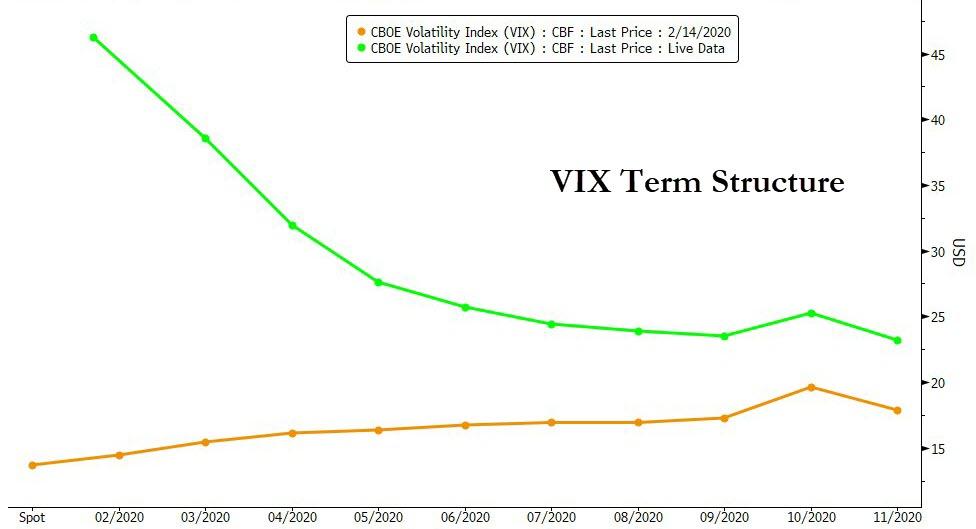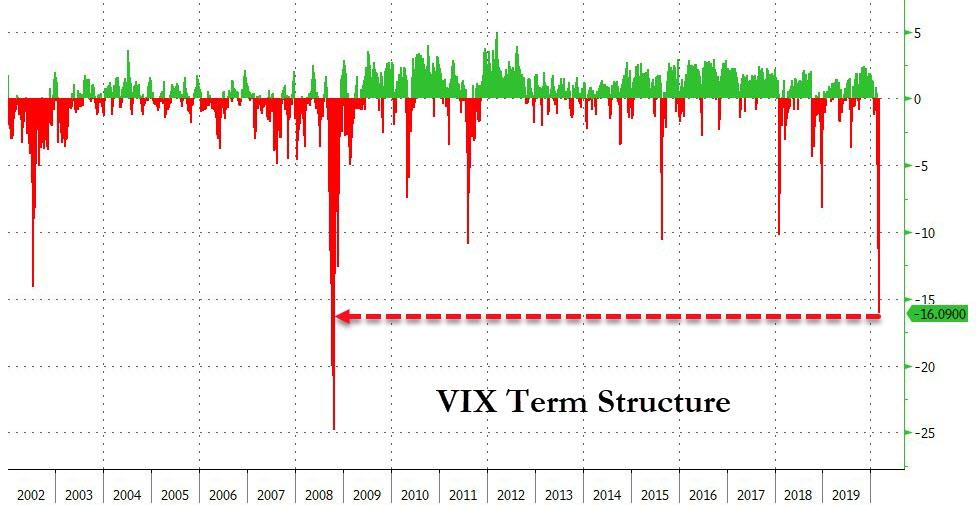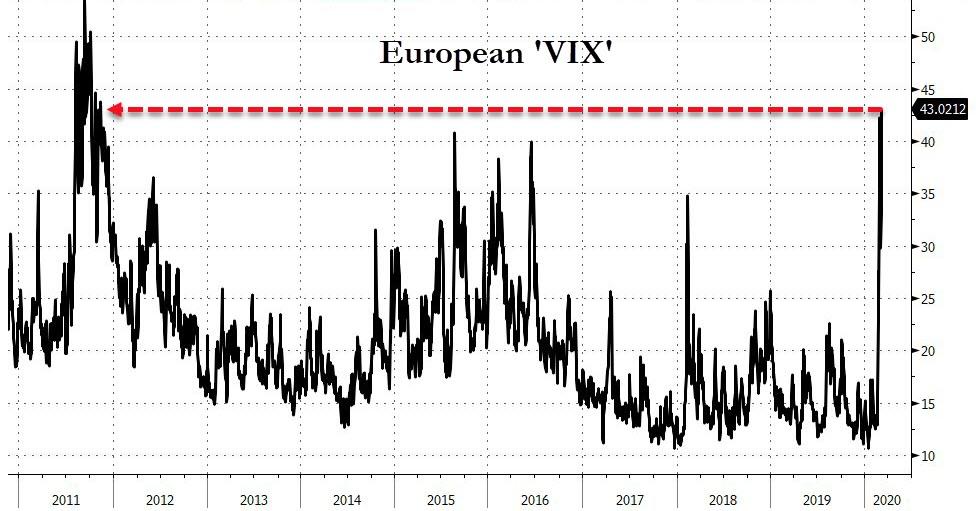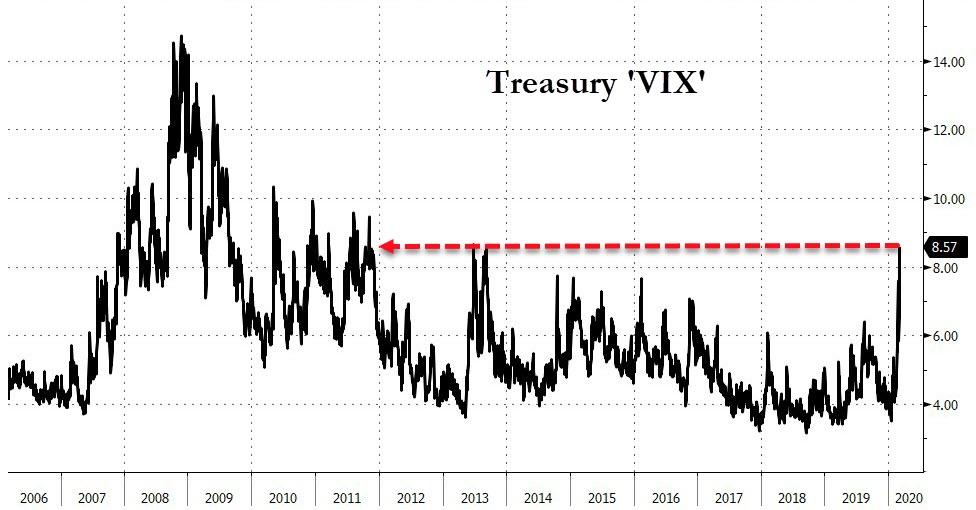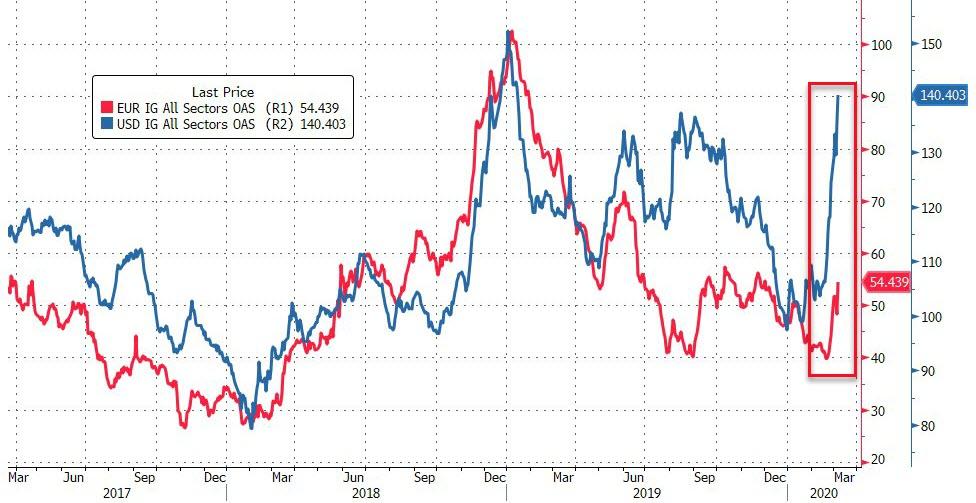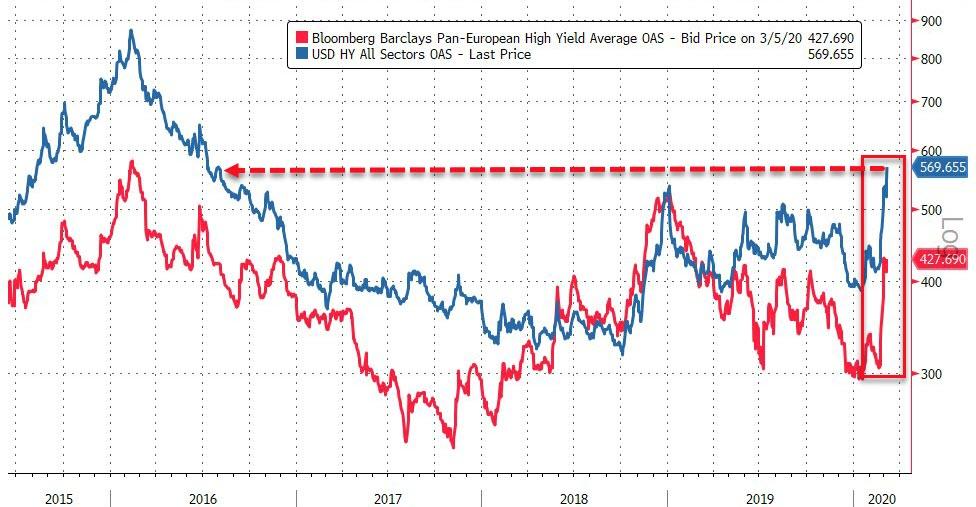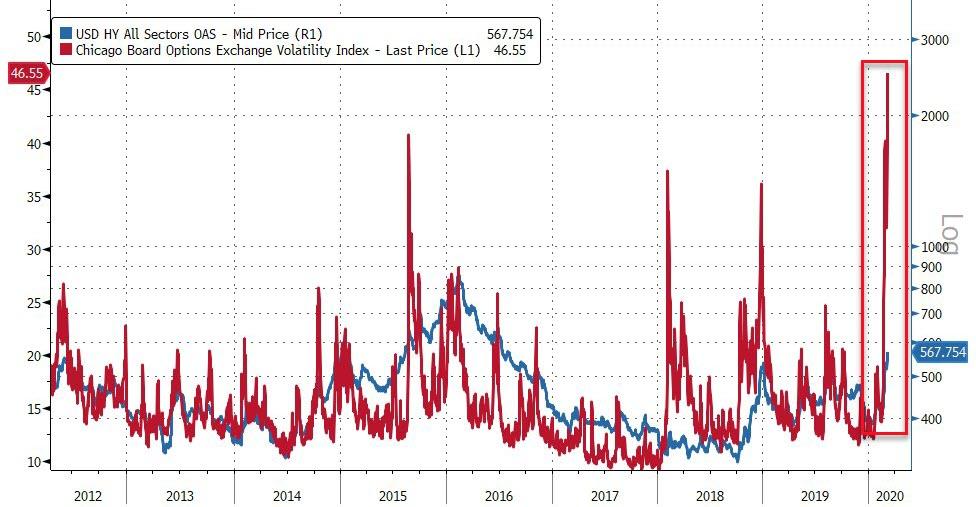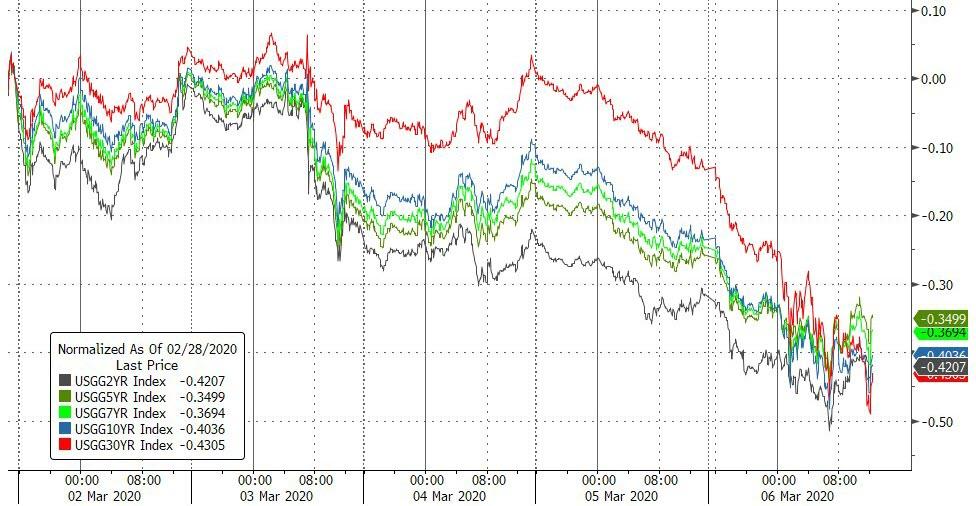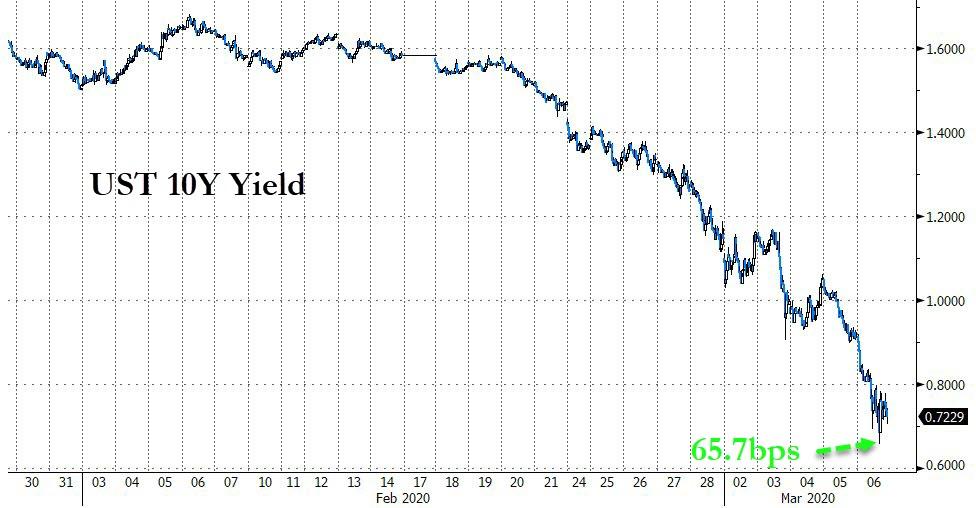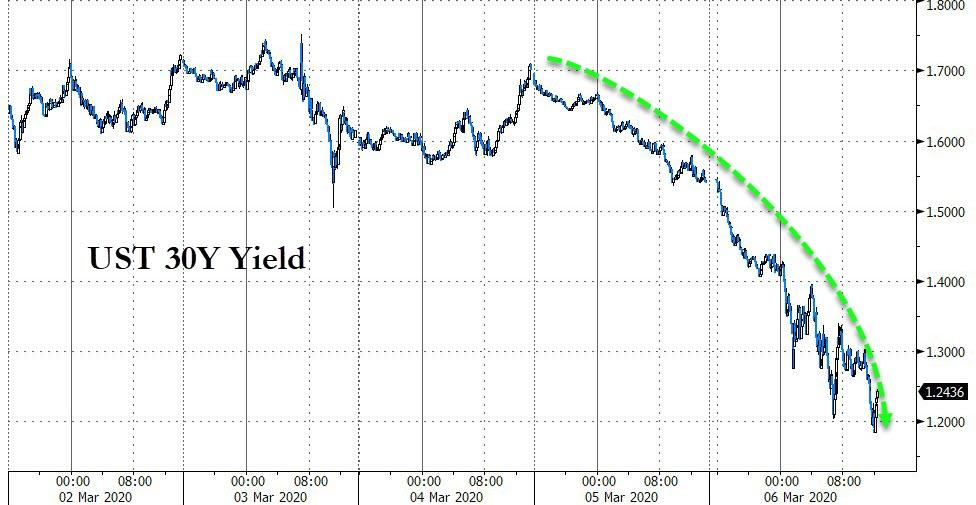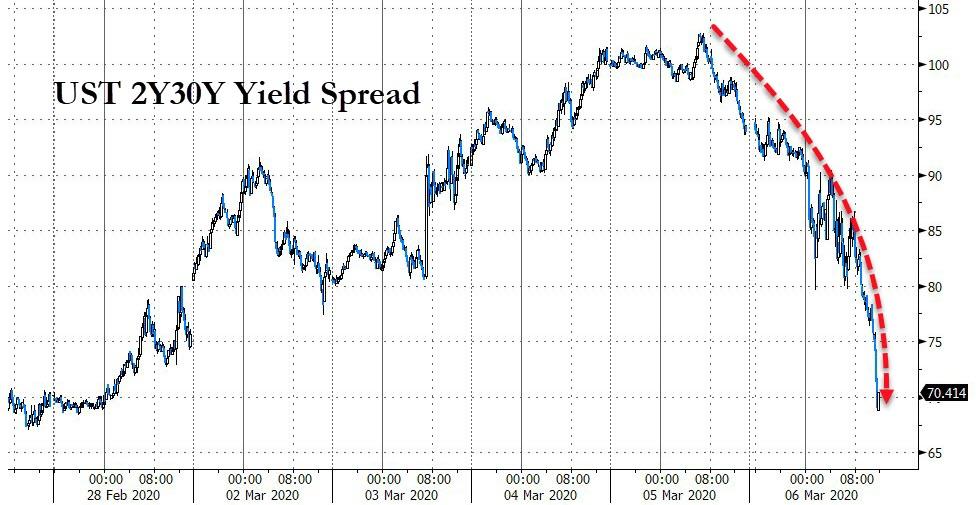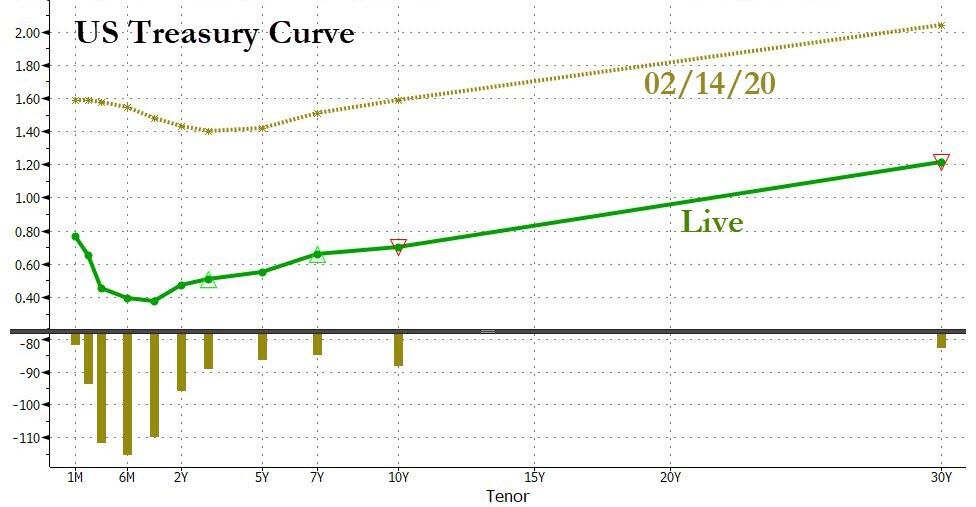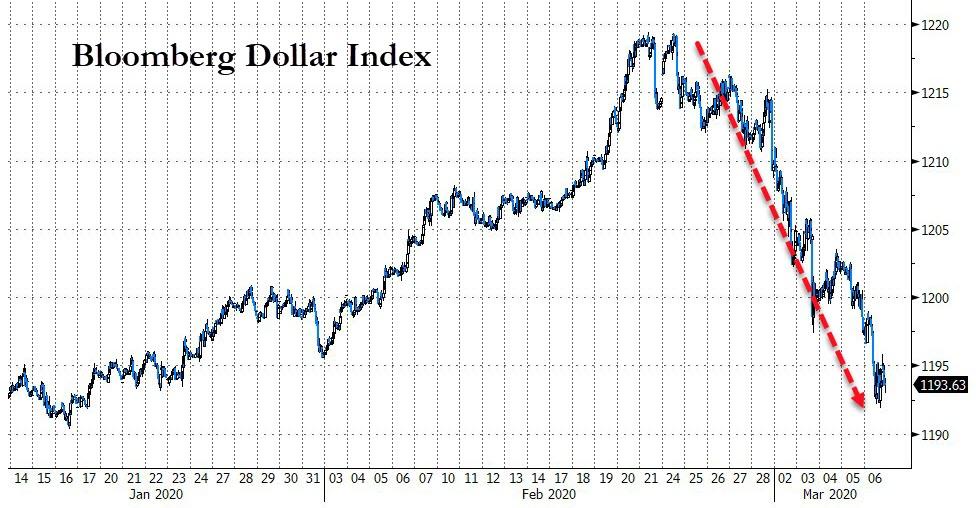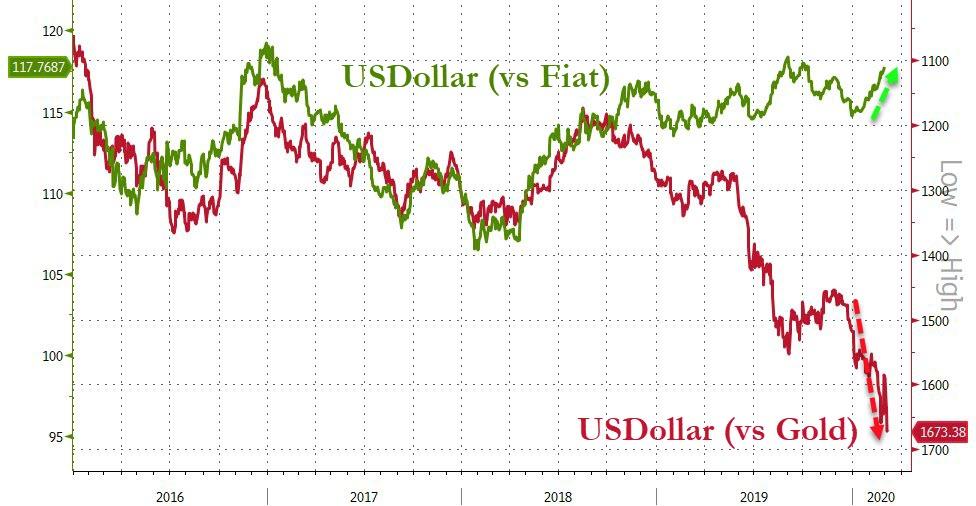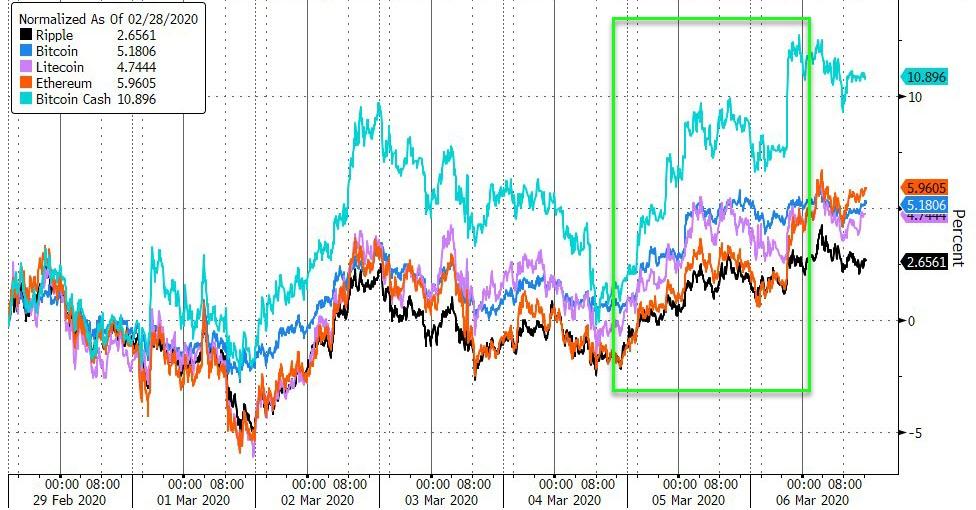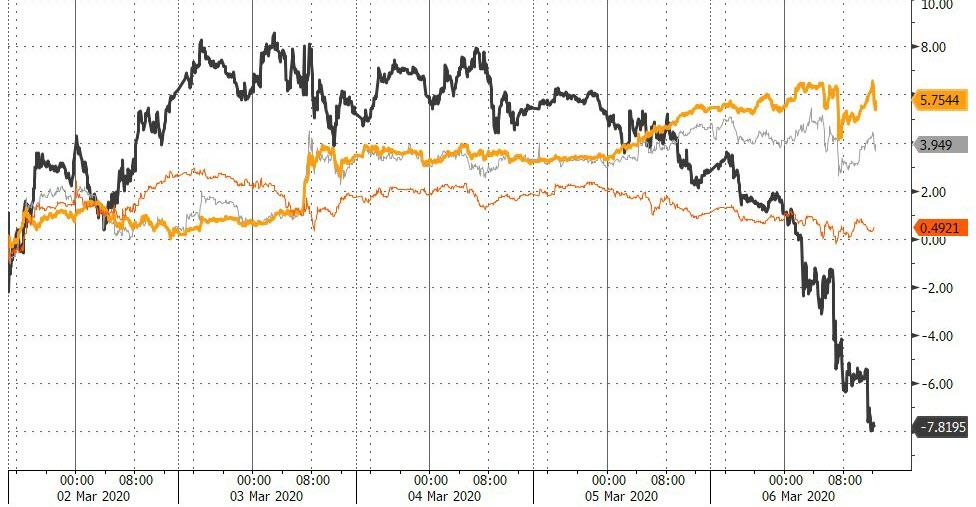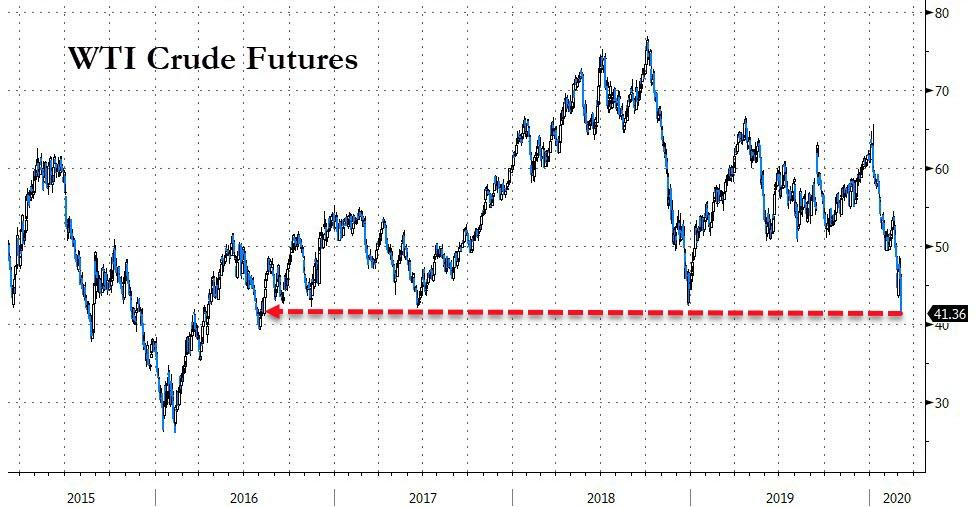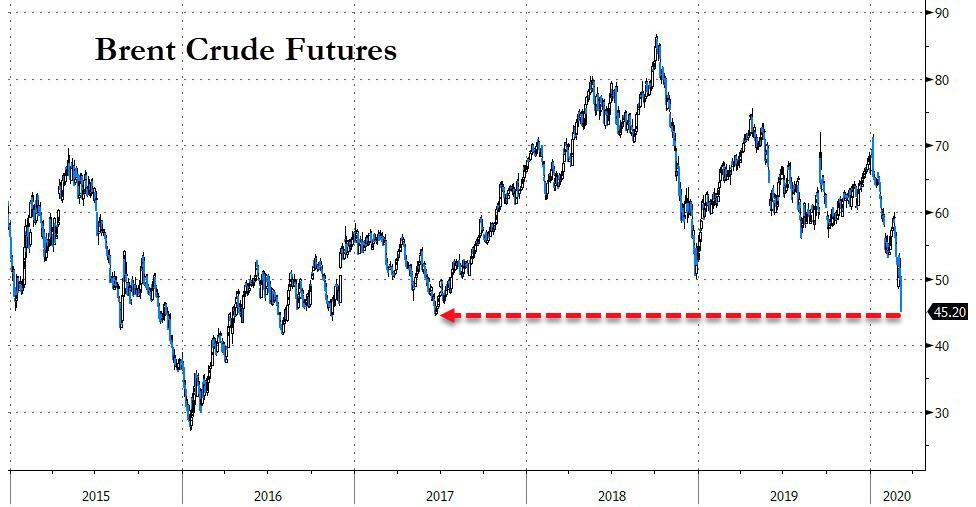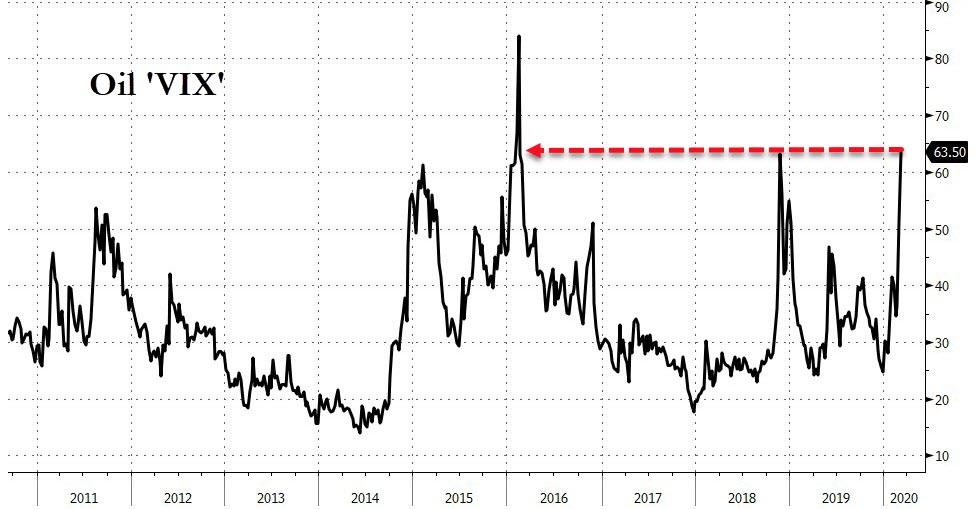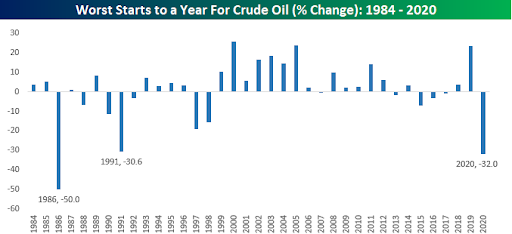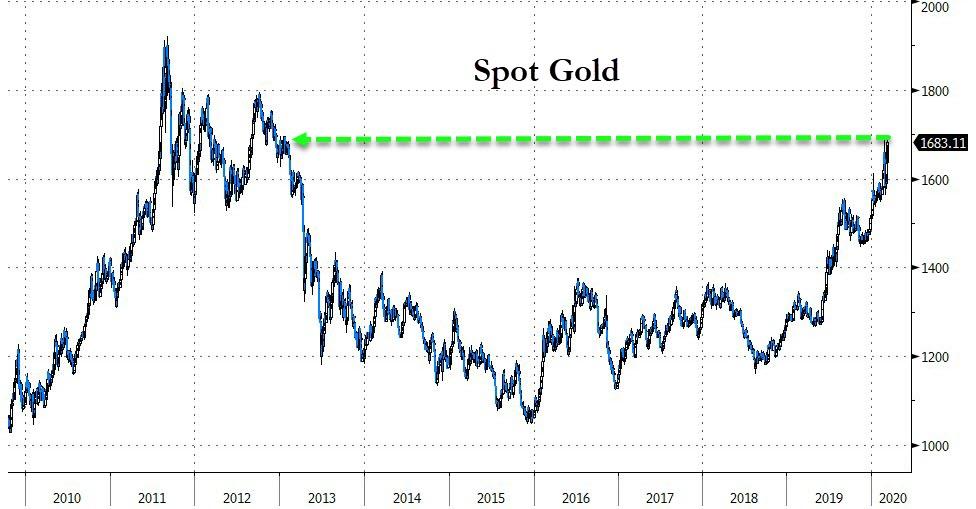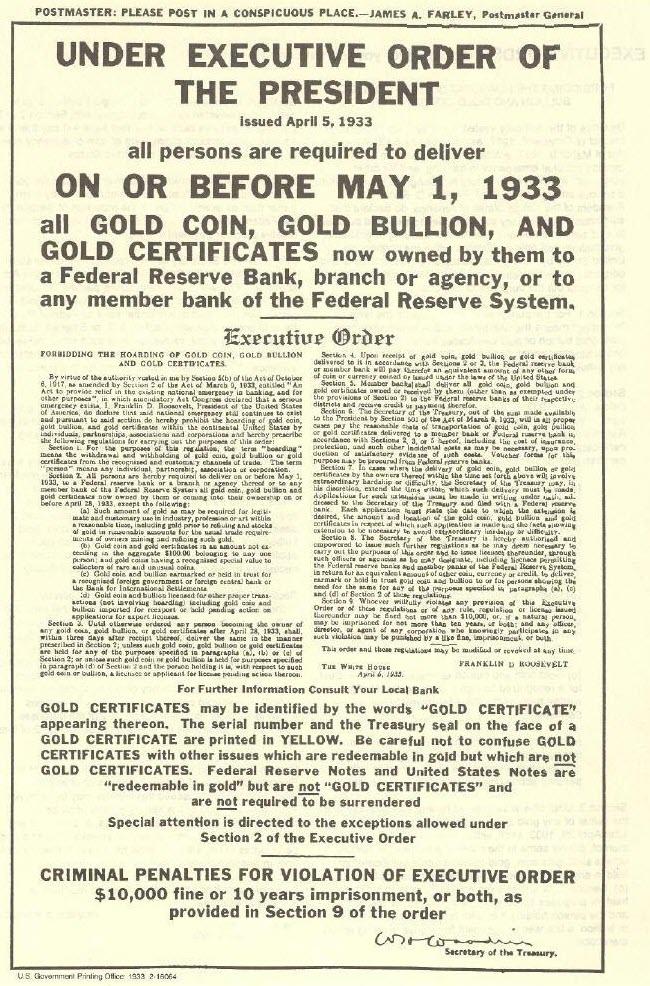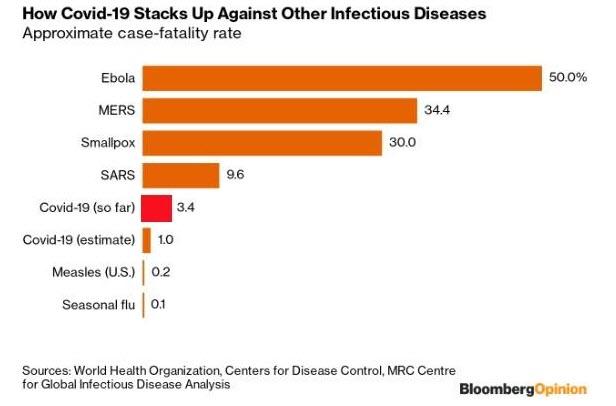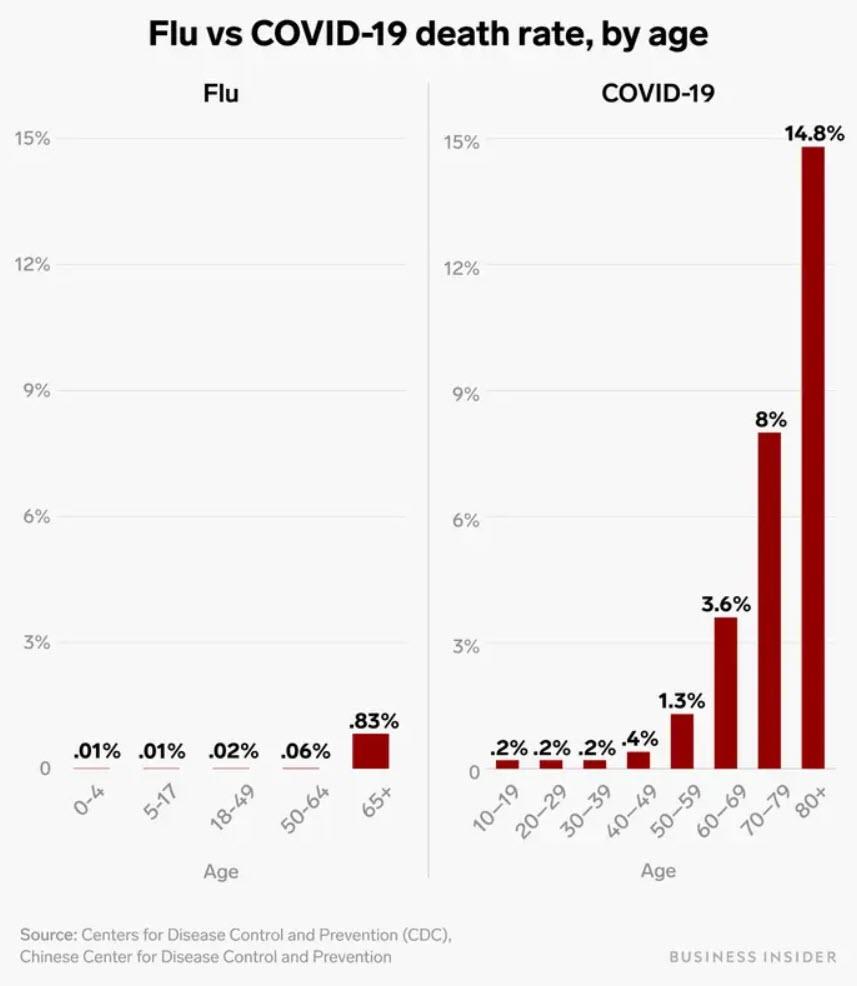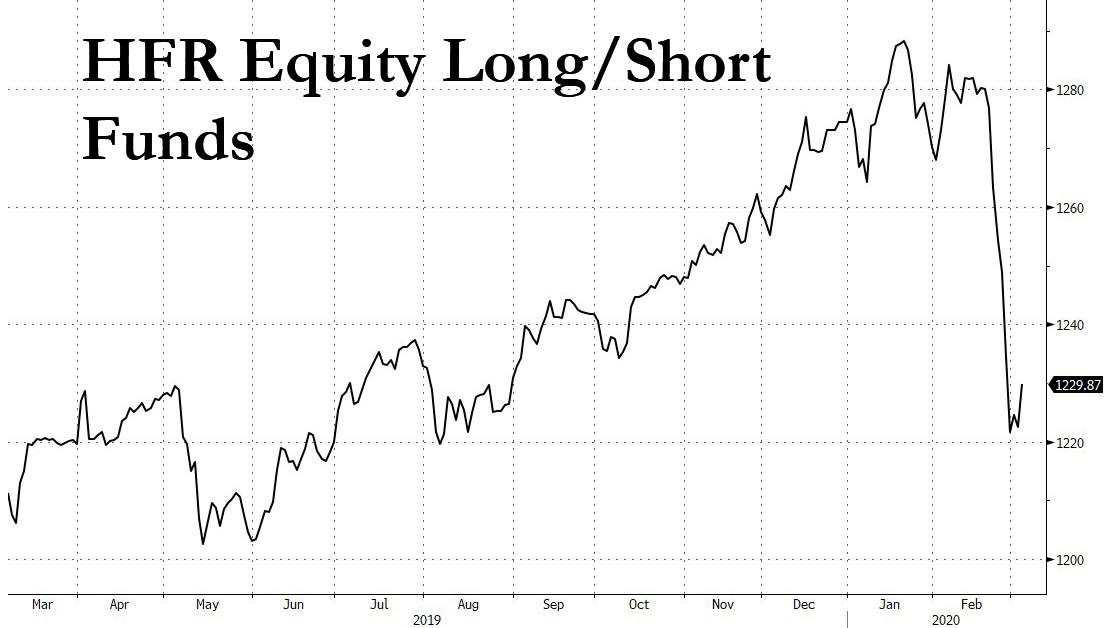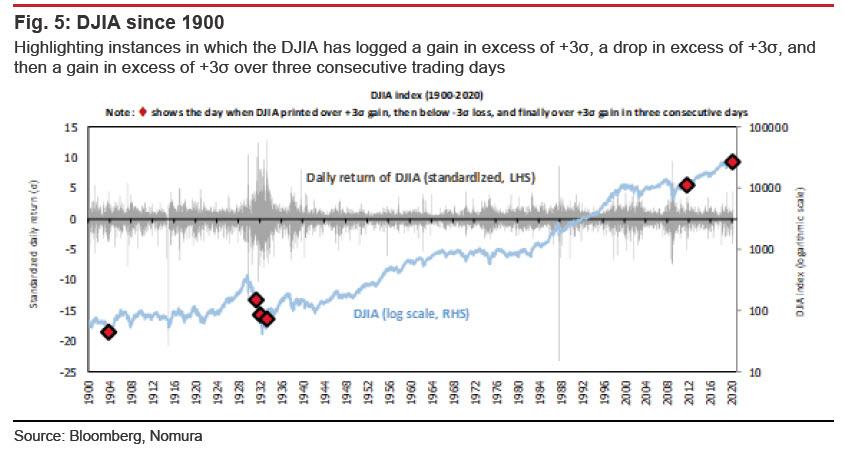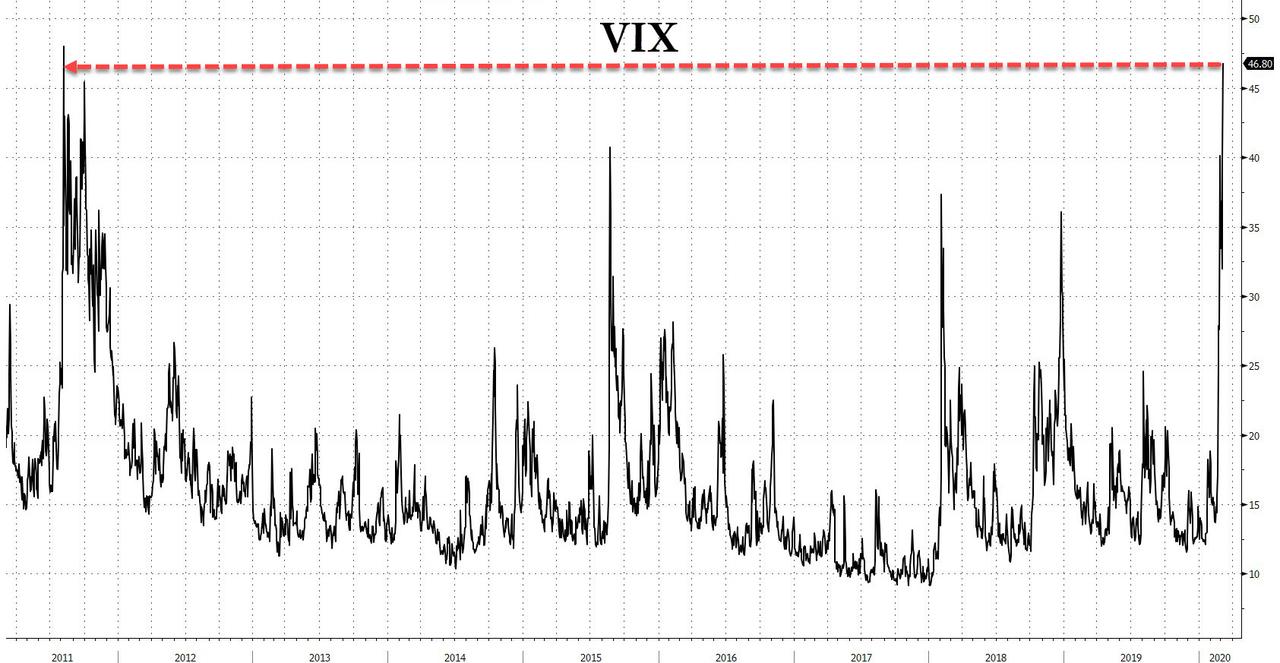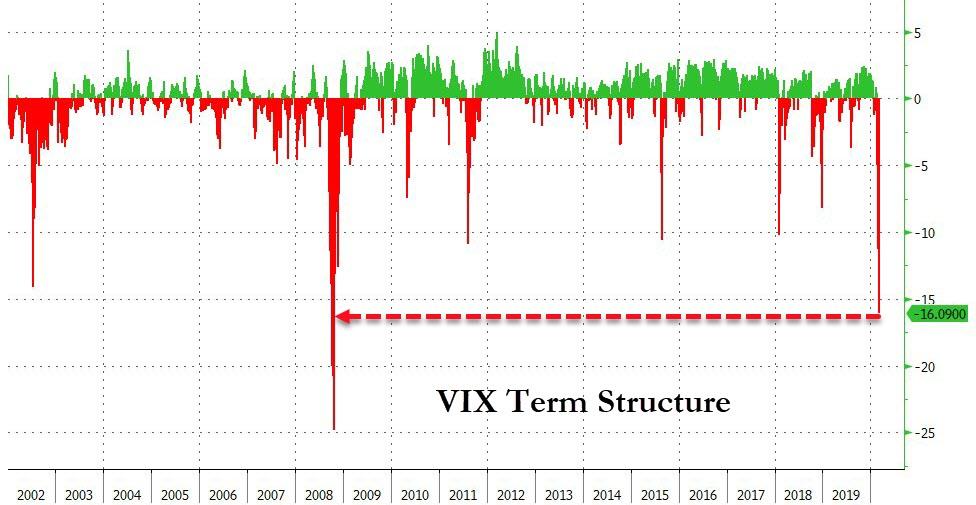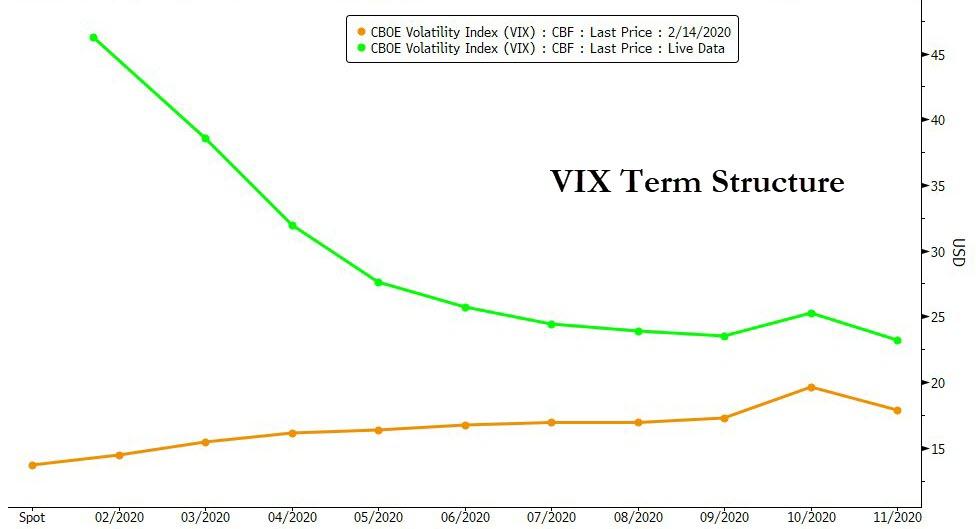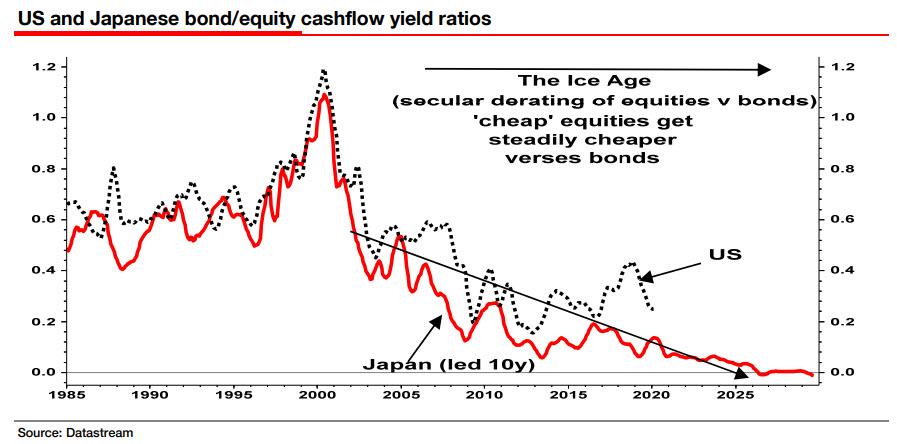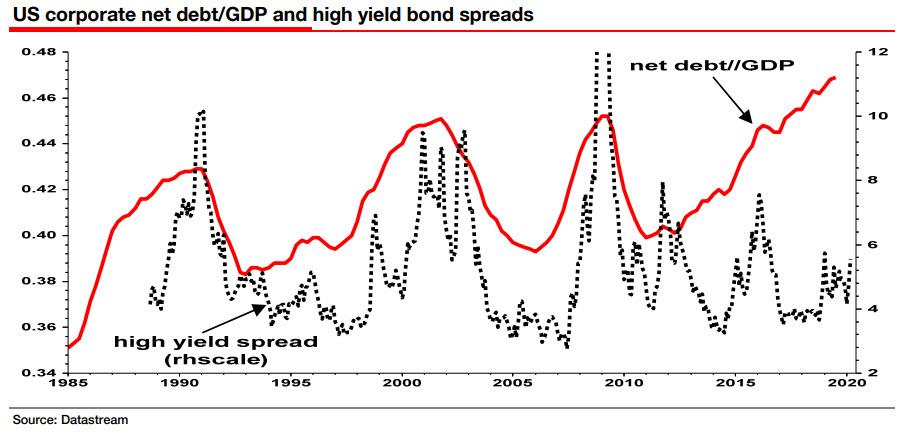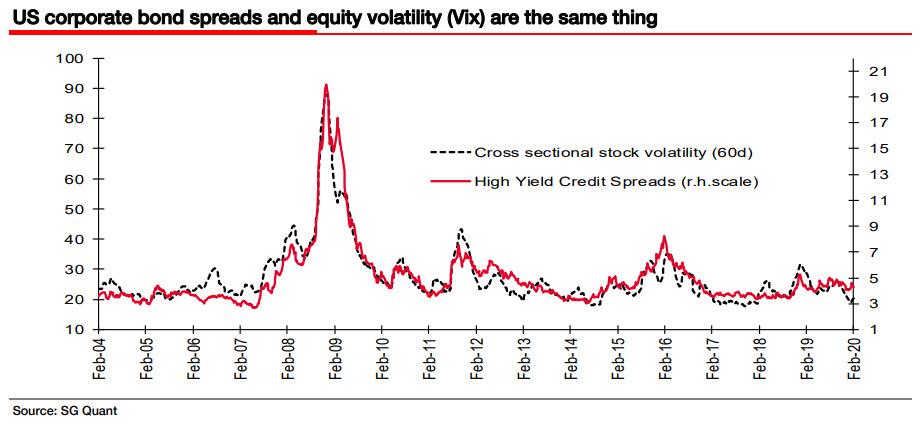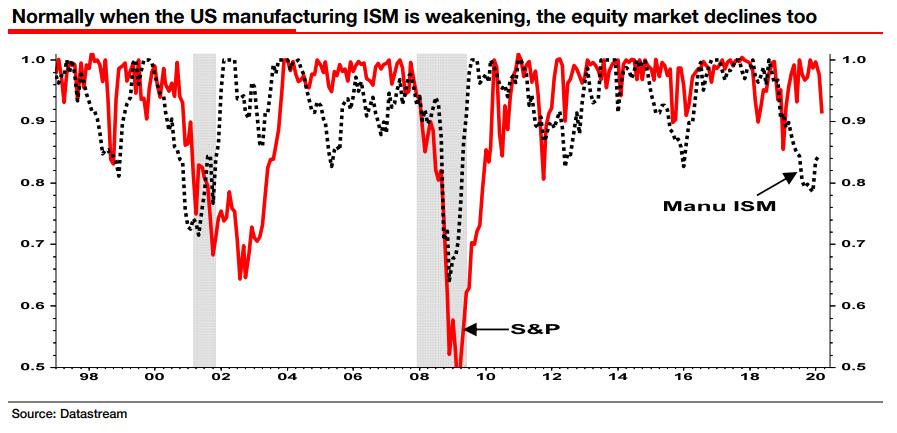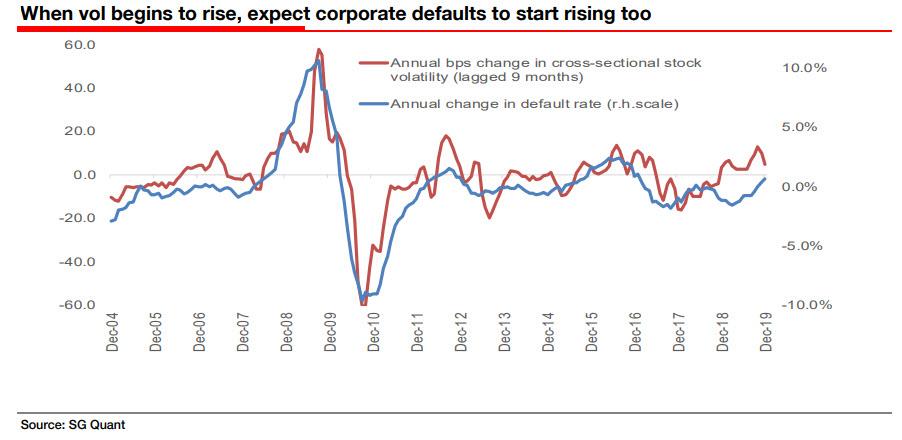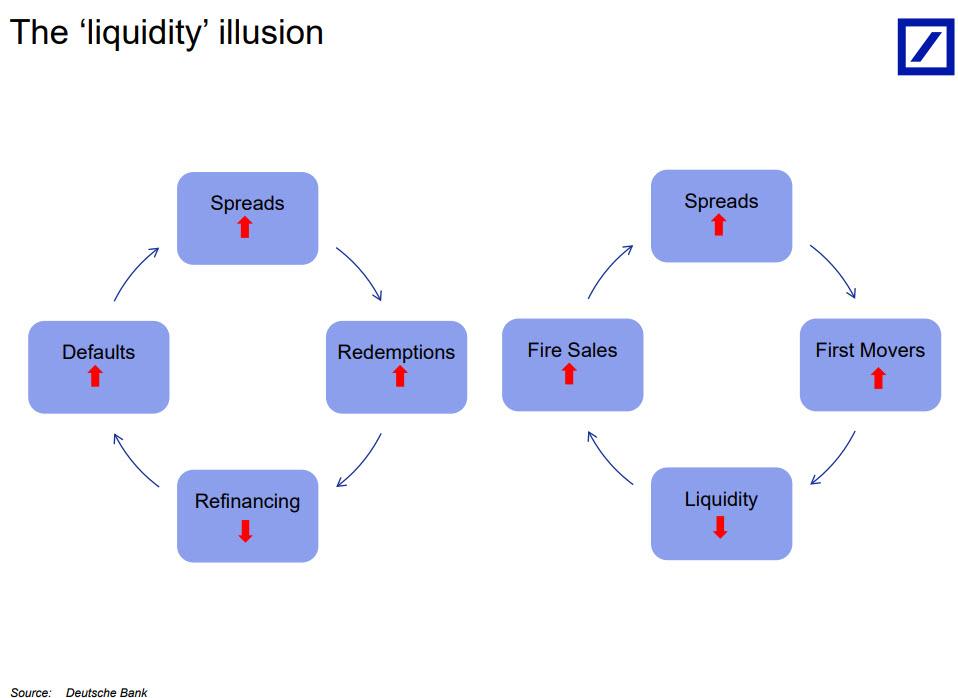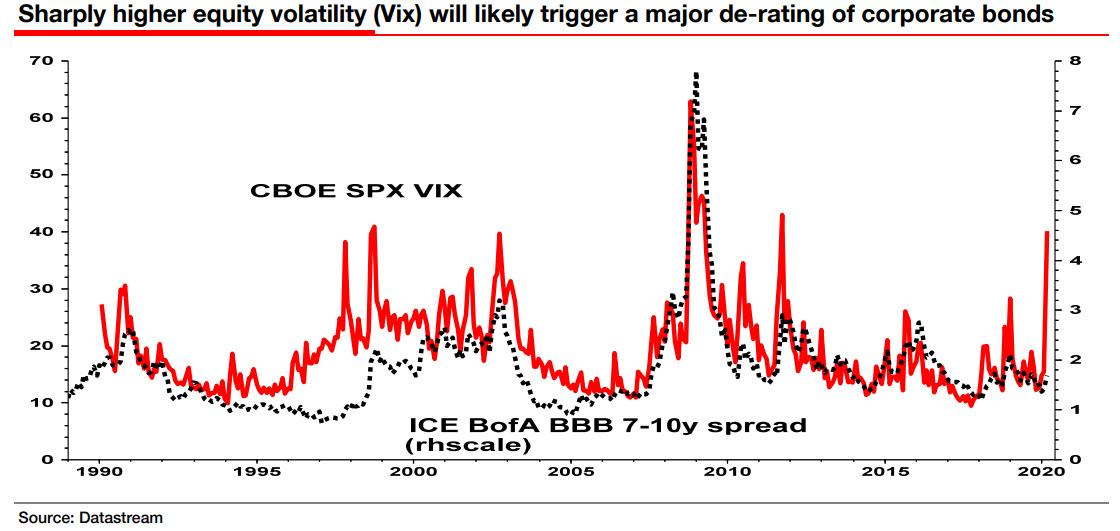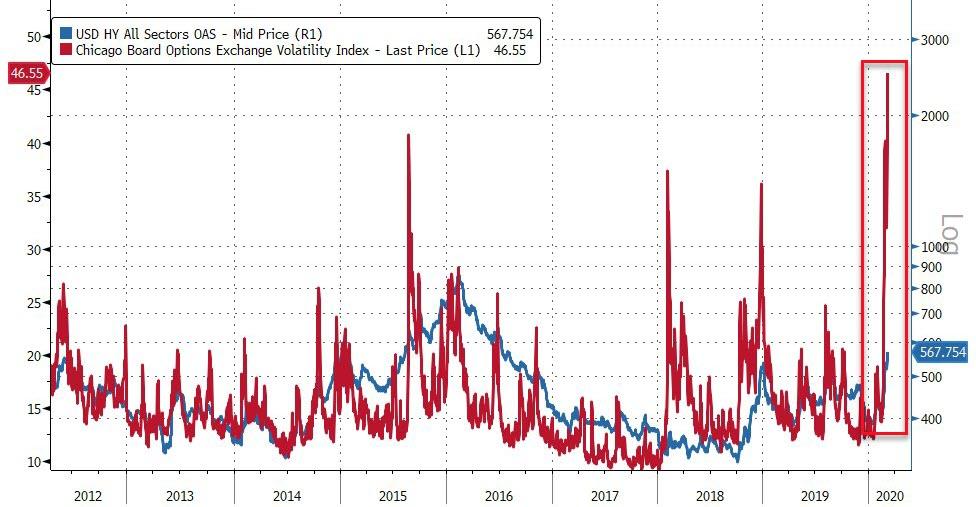Utah School Forbids Kids From Saying “No” If Asked To Dance… & Other Absurdity
Authored by Simon Black via SovereignMan.com,
Are you ready for this week’s absurdity? Here’s our Friday roll-up of the most ridiculous stories from around the world that are threats to your liberty, your finances, and your prosperity… and on occasion, poetic justice.
* * *
Hillary Clinton’s Email Scandal Just Rose From the Dead
Ignorance of the law is no excuse for you or me.
But somehow when Hillary Clinton broke the law while Secretary of State, it was her intentions that mattered.
As everyone knows by now, Clinton stored confidential, top secret emails on a personal, unsecured email server while she was Secretary of State.
She got off the hook because she claimed that she didn’t intend to violate the law… she didn’t realize that what she was doing was totally illegal.
That’s why she’s not rotting in a prison cell, even though you or I would be turning big rocks into little rocks in a DayGlo Orange jumpsuit if we had committed an equivalent crime.
But a group called Judicial Watch wasn’t as quick to let it go.
Using Freedom of Information Act requests, they continued to uncover more and more details of the case and bringing it all to court. And as the judge in the case commented, “With each passing round of discovery, the Court is left with more questions than answers.”
Therefore a federal judge has permitted another round of discovery. This means Hillary Clinton will be forced to sit for an interview with government officials to answer “significant questions” about her violation of the law.
Click here to read the full story.
* * *
Police in Scotland have a list of people who tell offensive jokes
Scottish Internet users better be careful of the jokes they tell online– you might end up on a government watchlist.
A Freedom of Information request revealed that 3,300 “non-crime hate incidents” have been logged in a police database.
Hundreds of people were added to the list last year for making offensive jokes or rude comments online.
Police say they track these individuals just in case their humor crosses the line into illegal territory.
For example, a couple years ago a Scottish YouTuber was arrested and convicted for teaching his pug a Nazi salute.
They guy may have been way too sophomoric… but when did it become a crime to be immature and offensive?
And now free speech is being monitored for signs of criminality.
Plus, with certain types of background checks, potential employers could see that these innocent people have been logged social media posts deemed to be offensive by the government.
Click here to read the full story.
* * *
School forbade kids from saying no when asked to dance
I just love it when wokeness contradicts itself.
A middle school in Utah was gearing up to host its Valentine’s Day dance. And in an effort to make sure that all students felt “welcome, comfortable, safe, and included,” the school adopted a policy forcing the kids to dance with anyone who asked them.
And sure enough, when an 11-year old girl was asked to dance by a boy who creeped her out, the principal forced them to dance together.
This is pretty much the opposite of #MeToo.
And in their ridiculous effort to make sure that no student was upset or offended, they violated one of the most basic consent rules in our society.
This is the paradox of wokeness: it’s absolutely impossible to prevent people from feeling upset, offended, excluded, or rejected.
Click here to read the full story.
* * *
Update: not illegal to remove cops’ GPS from your car
In December we talked about police who suspected a man of selling drugs.
They placed a GPS tracker on his car, but the man removed it. So the police got a warrant to search the man’s property for the “stolen” GPS.
While searching for the GPS, they found drugs.
Now the case against him for theft of the GPS has been dismissed along with the evidence of drug crimes.
The courts said it was all collected illegally, because the GPS was never stolen in the first place.
Click here to read the full story.
* * *
Update: woman pleads guilty to being topless in her own home
We’ve been following the case of Tilli Buchanan who was charged with sex crimes for being topless in her own home.
She and her husband had removed their shirts after installing insulation. Because her step-children saw her barechested, Tilli was charged with “child sex abuse” under Utah criminal code 76-9-702.5(2)(a)(ii)(B) for exposing “the female breast below the top of the areola. . .”
That left her facing the possibility of having to register as a child sex offender.
Originally she tried to challenge the law itself under equal protection grounds, since it treated male and female nipples differently.
But when she lost that case, she opted to take a plea deal. The charges were downgraded so she won’t be considered a sex offender.
Tilli will pay $600 and the case will be dismissed in a year if she doesn’t commit any crimes.
It’s pretty pathetic that she was ever charged in the first place, and sad that this is what the justice system wastes resources on.
Click here to read the full story.
* * *
And to continue learning how to ensure you thrive no matter what happens next in the world, I encourage you to download our free Perfect Plan B Guide.
Tyler Durden
Fri, 03/06/2020 – 17:05
via ZeroHedge News https://ift.tt/337WQRb Tyler Durden
